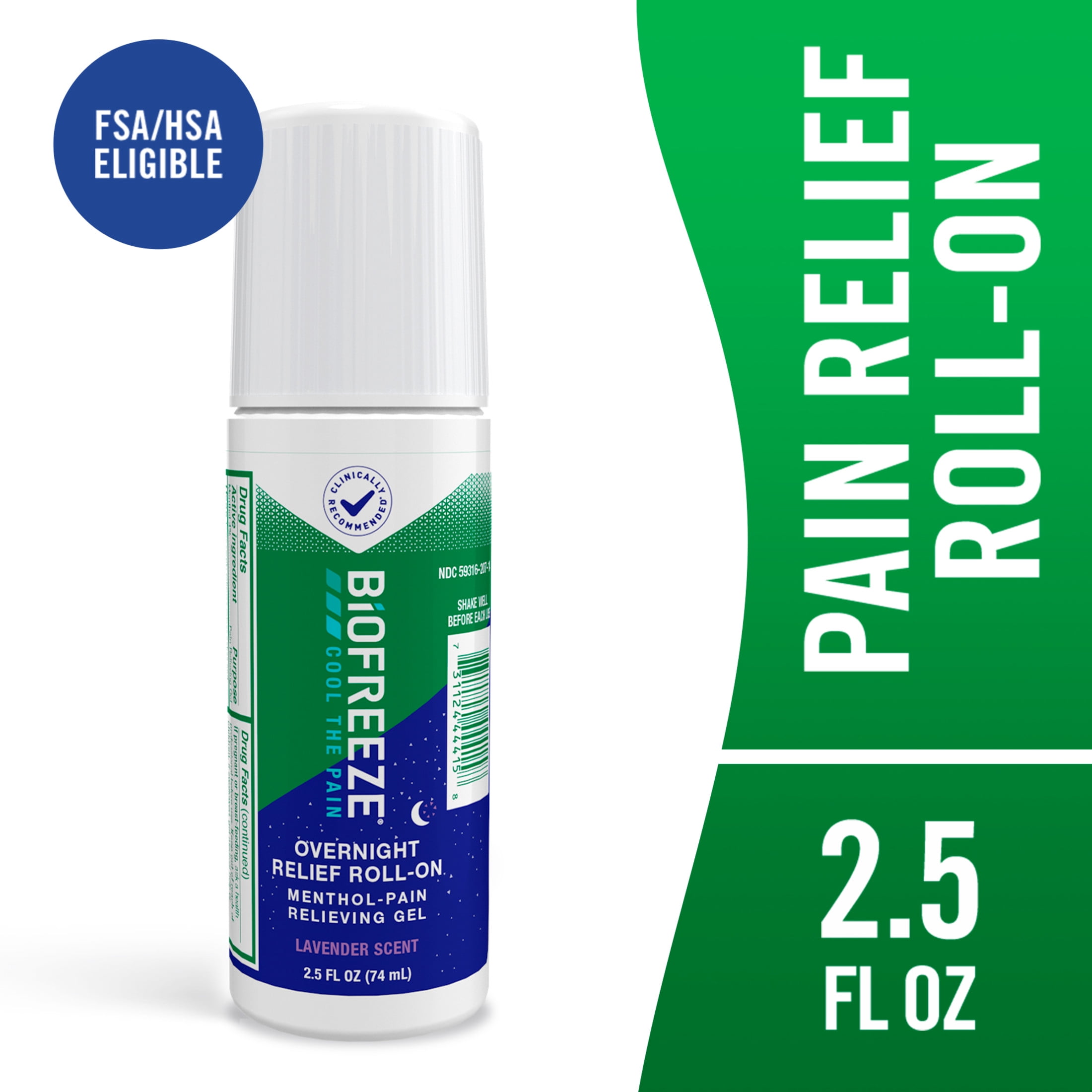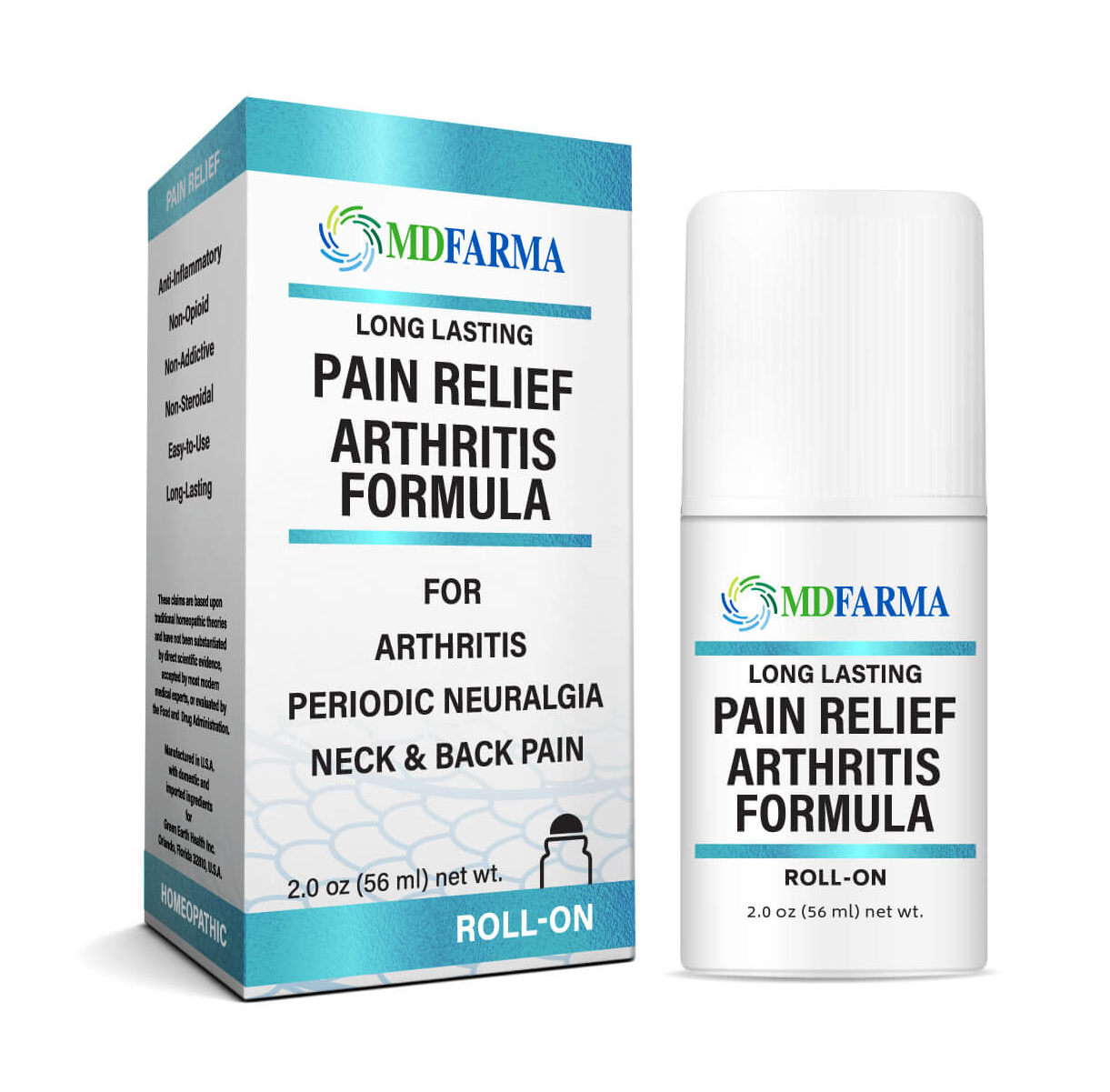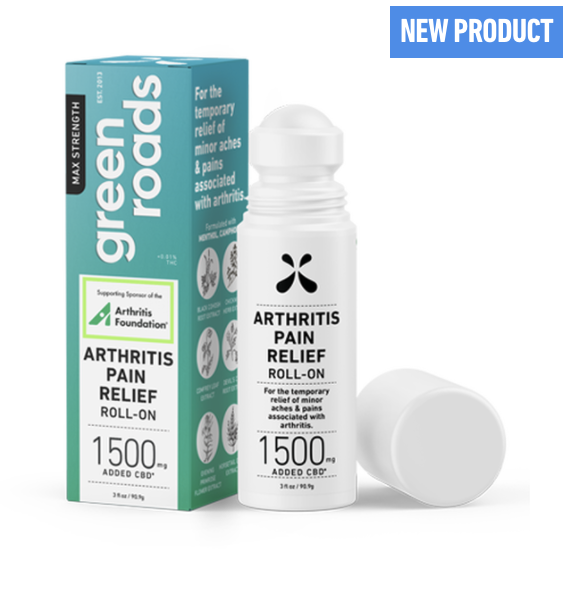Roll On Pain Relief For Arthritis

The persistent ache of arthritis, a condition affecting millions worldwide, often feels like an inescapable burden. For many, the daily grind of managing pain involves a complex regimen of oral medications, physical therapy, and lifestyle adjustments, each with its own set of limitations and potential side effects. But a growing wave of interest is turning towards a seemingly simple solution: topical roll-on pain relief.
This article delves into the rising popularity of roll-on pain relief for arthritis, examining its efficacy, ingredients, potential benefits, and limitations. It will explore the science behind these topical treatments, compare them with other pain management options, and provide a balanced perspective on their role in alleviating the discomfort associated with arthritis. We will also consider expert opinions and user experiences to offer a comprehensive understanding of this increasingly common approach to pain relief.
Understanding Arthritis and the Need for Relief
Arthritis, encompassing over 100 different conditions, is characterized by joint inflammation, causing pain, stiffness, and reduced range of motion. Osteoarthritis (OA), the most common type, results from the breakdown of cartilage, while Rheumatoid Arthritis (RA) is an autoimmune disease that attacks the joints. The impact on daily life can be significant, affecting mobility, sleep, and overall quality of life.
Traditional treatments for arthritis often involve oral medications, such as NSAIDs (nonsteroidal anti-inflammatory drugs) and disease-modifying antirheumatic drugs (DMARDs). However, these medications can carry risks, including gastrointestinal issues, cardiovascular problems, and liver damage. This has fueled the search for alternative and complementary therapies with fewer systemic side effects.
The Rise of Roll-On Pain Relief: A Topical Approach
Roll-on pain relief offers a topical application of analgesic and anti-inflammatory ingredients directly to the affected area. This localized approach aims to deliver targeted relief, minimizing the systemic exposure and potential side effects associated with oral medications. The convenience and ease of use have contributed to its growing popularity among individuals seeking on-the-go pain management.
Many roll-on products contain ingredients such as menthol, camphor, capsaicin, and salicylates. These compounds work through various mechanisms, including counterirritation, which distracts the brain from the underlying pain, and anti-inflammatory action, reducing swelling and discomfort. The roll-on applicator itself provides a gentle massage effect, potentially further easing muscle tension.
Key Ingredients and Their Mechanisms of Action
Menthol and Camphor are well-known counterirritants that create a cooling and warming sensation, respectively. This sensory stimulation can help to override pain signals and provide temporary relief. They work by activating temperature-sensitive receptors in the skin.
Capsaicin, derived from chili peppers, depletes substance P, a neurotransmitter involved in pain transmission. Regular application of capsaicin can lead to a reduction in pain sensitivity over time. It can, however, cause a burning sensation upon initial use.
Salicylates, related to aspirin, possess anti-inflammatory properties. They can help reduce inflammation and pain when applied topically. It is important to be aware of potential allergic reactions and drug interactions, especially for individuals taking blood thinners.
Efficacy: What Does the Research Say?
While anecdotal evidence suggests that roll-on pain relief can be effective for some individuals, the scientific evidence is mixed. Some studies have shown that topical analgesics containing capsaicin or salicylates can provide significant pain relief for osteoarthritis. However, other studies have found limited or no benefit.
A review published in the Cochrane Database of Systematic Reviews examined the efficacy of topical NSAIDs for osteoarthritis of the knee. The review concluded that topical NSAIDs are effective for pain relief compared with placebo, with similar efficacy to oral NSAIDs but with a lower risk of systemic adverse events.
Benefits and Limitations: A Balanced Perspective
Roll-on pain relief offers several potential benefits, including targeted pain relief, ease of use, and reduced risk of systemic side effects compared to oral medications. The convenience of application makes it an attractive option for individuals seeking on-the-go pain management. Furthermore, many users appreciate the non-invasive nature of topical treatments.
However, it also has limitations. The effects are often temporary, and the degree of relief can vary significantly from person to person. Some individuals may experience skin irritation or allergic reactions to certain ingredients. Moreover, roll-on pain relief may not be sufficient for managing severe arthritis pain, requiring a more comprehensive treatment approach.
Expert Opinions and User Experiences
Dr. Emily Carter, a rheumatologist at the Mayo Clinic, emphasizes the importance of considering individual needs when choosing pain management strategies. "Topical analgesics can be a useful adjunct to other treatments, particularly for localized pain," she states. "However, it's crucial to discuss potential benefits and risks with your doctor."
Many users report positive experiences with roll-on pain relief, citing its convenience and effectiveness for managing mild to moderate pain. "I use a roll-on with menthol and camphor whenever my knee starts acting up," says Sarah Miller, a 55-year-old living with osteoarthritis. "It doesn't completely eliminate the pain, but it definitely helps me get through the day." However, others report minimal or no benefit, highlighting the variability in individual responses.
The Future of Topical Pain Relief
Research into topical pain relief continues to evolve, with ongoing efforts to develop more effective and targeted formulations. Nanotechnology and transdermal drug delivery systems are being explored to enhance the penetration and absorption of active ingredients. Furthermore, personalized approaches that consider individual factors, such as skin type and pain sensitivity, may optimize treatment outcomes.
Roll-on pain relief for arthritis represents a promising option for managing localized pain and improving quality of life. While it may not be a cure-all, it can serve as a valuable tool in a comprehensive pain management strategy. By understanding the science behind these topical treatments, considering expert opinions, and being aware of individual limitations, individuals with arthritis can make informed decisions about their care.
The key is to work closely with healthcare professionals to determine the most appropriate and effective approach for managing their specific condition. This will help ensure safety and optimize outcomes.


















